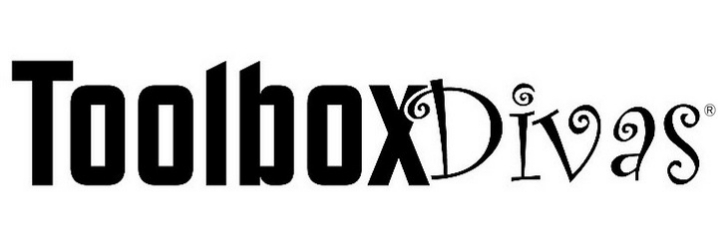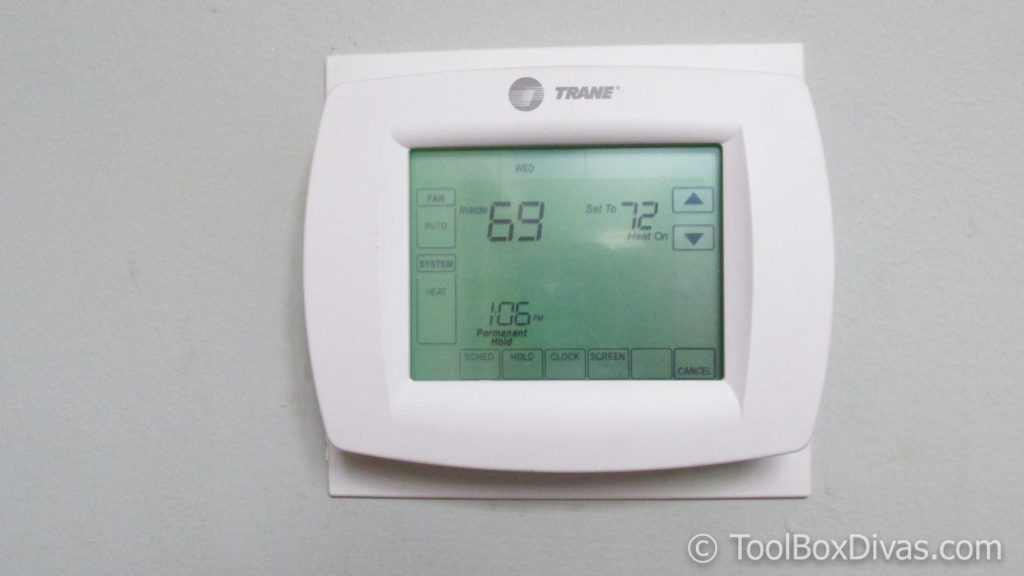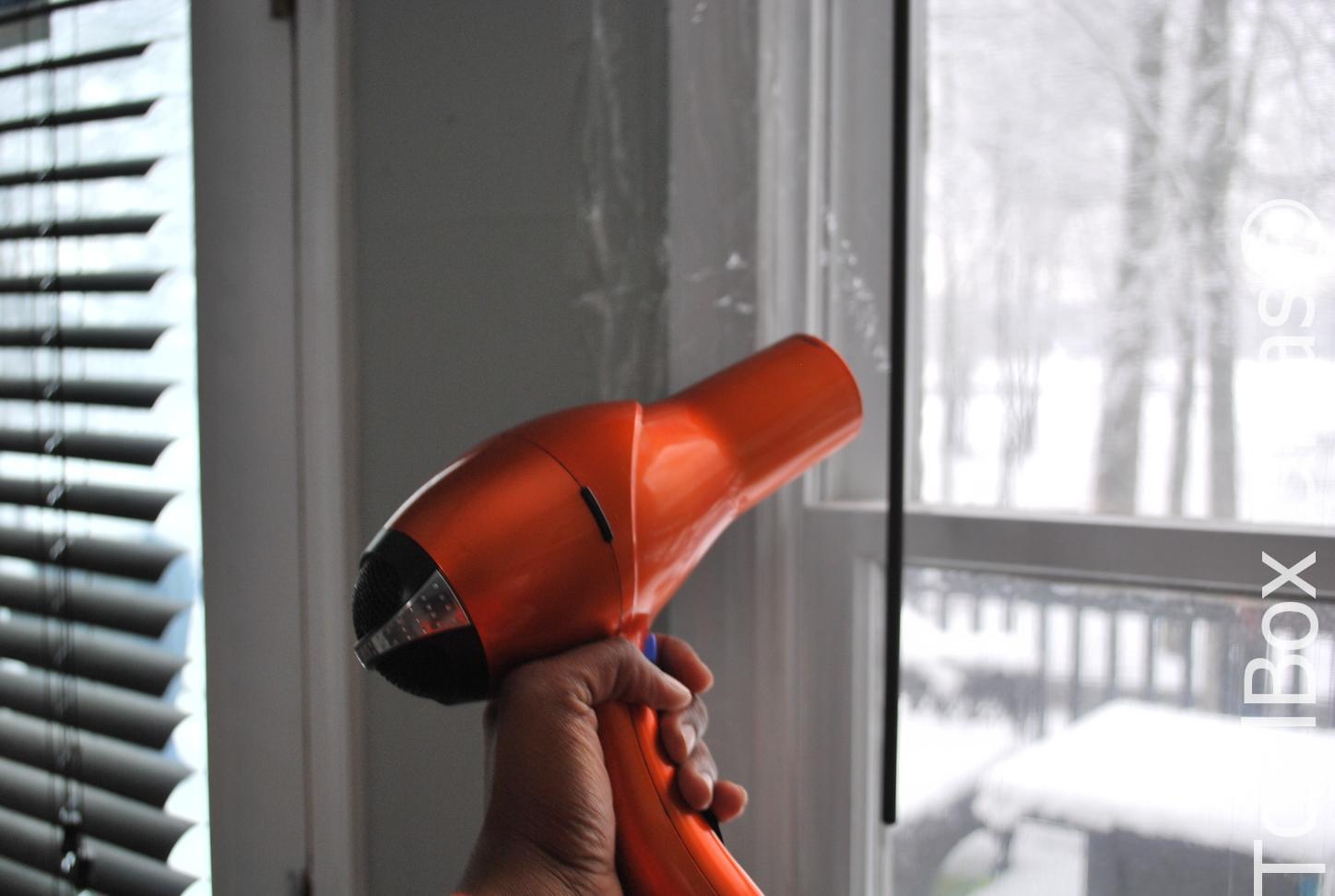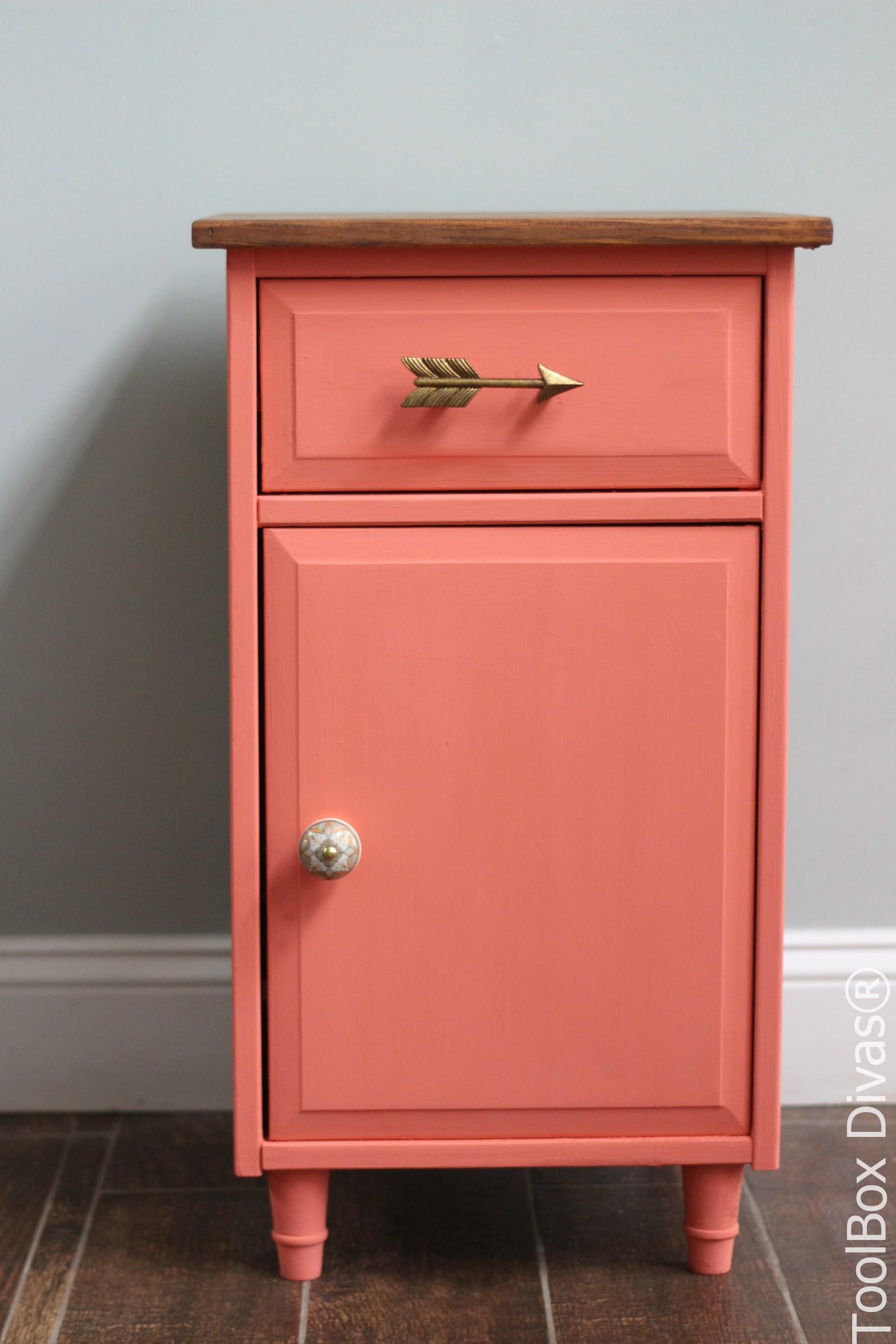Winterizing & Safety Tips for the Holidays
Here are some Winterizing and Safety tips to keep your safe around the holidays.
** This post is sponsored by BabbleBoxx.com on behalf of Erie Insurance
Although winter comes as no surprise, many of us are not ready for its arrival, myself included. The more informed you are the better prepared you will be. These tips are for everyone, whether or not you live in a cold climate with an actual winter or you live in the US Virgin Islands. If you are one of those birds that migrate south for the winter, one I’m jealous, and two there are several important things you may want to consider that will help protect your vacant home during your absence. Taking these steps can help protect your home from events like water damage, heating or electrical system malfunctions, and theft.
Make a Winterization Safety Checklist
There are several things you can do to the inside and outside of your home to protect it. Using a Winterization Safety checklist can help you check off each objective as you complete it. You can create a list on your cell phone, tablet device or the ole’ fashion way with pen and paper or you can download a similar checklist from the CDC , FEMA, and other Federal agencies or even your homeowners’ insurance company. Winterizing your home can help lower your energy bills, prevent costly repairs later on, and reduce the risk of accidents like a home heating fire.
Indoors
Doors and Windows: Let’s start with windows and doors. To prevent chilly drafts and the associated pricy heating and electricity bill take the time to replace worn weather stripping and caulk any cracks on the exterior and interior of your home. 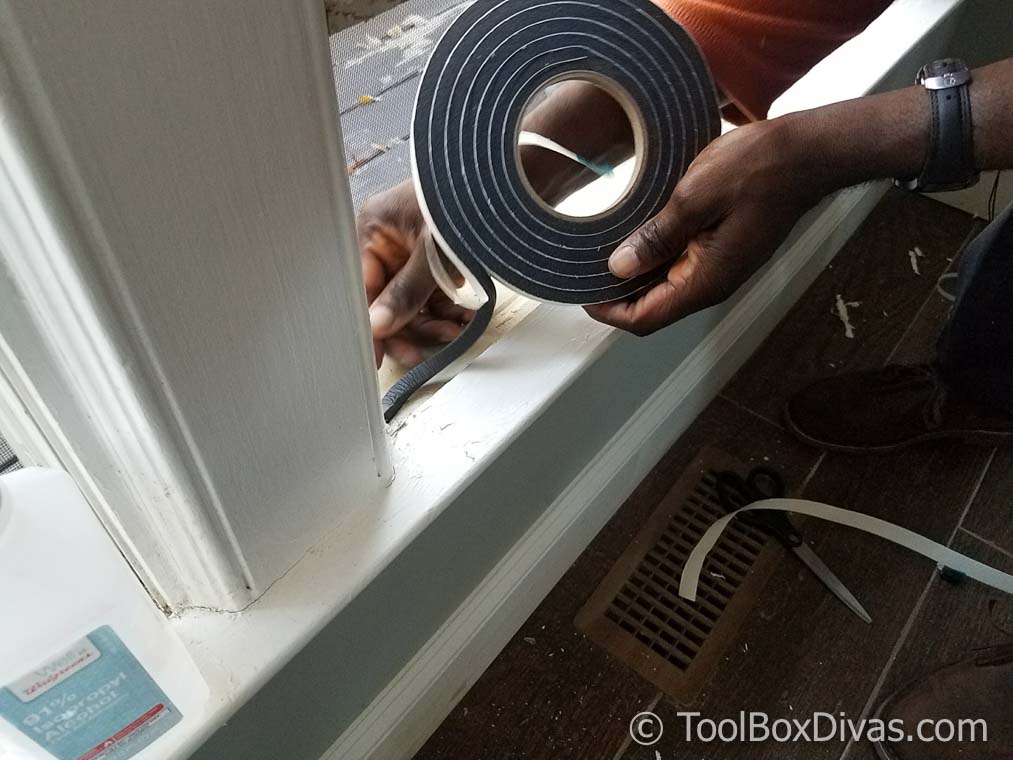
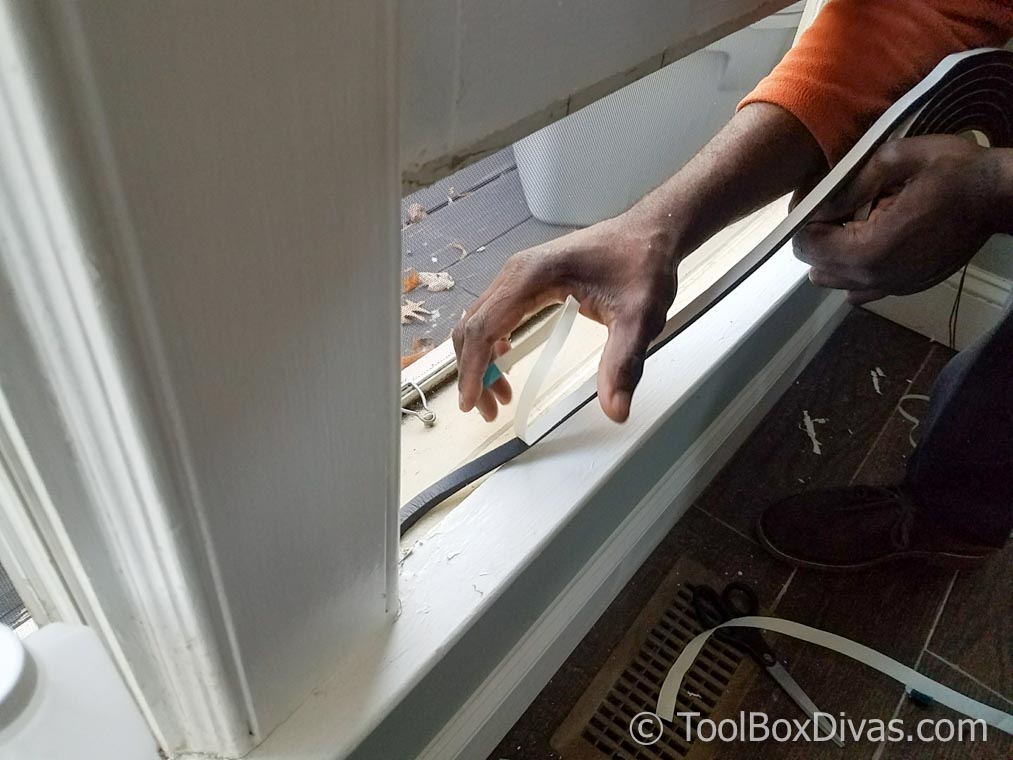 For loose-fitting doors, check your local hardware store and get new replacement seal or use temporary adhesive door seal that can reinforce your failing windows and or door seals. These seals come in a variety of width, sizes and length. They might not be the prettiest but can keep up to 70% of your heat from escaping – that is money in your wallet.
For loose-fitting doors, check your local hardware store and get new replacement seal or use temporary adhesive door seal that can reinforce your failing windows and or door seals. These seals come in a variety of width, sizes and length. They might not be the prettiest but can keep up to 70% of your heat from escaping – that is money in your wallet.
Drafts and cracks: Cold air will take any opportunity to sneak into your home. There are numerous way to locate these drafty spots but here’s a list of quick fixes for drafty places:
- Outlets and switch plates: Use foam-insulating sheets to block cold air coming in from exterior walls.
- Exposed ducts: Check your attic, basement, and crawl spaces and use sealant to plug up any leaks or cracks on exposed ducts.
- Floors: Don’t underestimate the power of a thick, cozy rug. Your floors can account for as much as 10 percent of heat loss in a house.
- Baseboards: Seal the gamp between the baseboards and floors with caulk.

Fireplace: If you have a fireplace check its interior and flue system. Remove creosote build-up, soot and or ashes. Check for cracks that could be a fire hazard if the hot gases escape behind the cracks and ignite wooden structure. Also, examine the fireplace for drafts and if necessary, to prevent drafts install a chimney balloon to bolster the flue thus eliminating heat loss from your fireplace – just remember to remove the balloon before you light the fireplace.
Furnace: This is one of the most important pieces of technology in your home for the winter. While it is a good idea to get your HVAC or furnace serviced annually, we sometimes miss the opportunity, but before you turn up the heat for the season, start by changing (or cleaning) your filter.  And if you can’t remember the last time you had your heating ducts checked for leaks an HVAC professional can help with that, too.
And if you can’t remember the last time you had your heating ducts checked for leaks an HVAC professional can help with that, too.
Thermostat: Here’s some important information to know about thermostat- For every degree, you lower your home’s temperature during the winter, you can save as much as 1 percent on your energy bill (according to the U.S. Department of Energy). It is a good idea to invest in and install a programmable thermostat.
Outdoors
Trees and landscaping: It’s a good idea to trim any branches hanging near electric wires before they become a problem. Also, know how to spot the signs of a diseased or dying tree. Heavy snow and strong winter winds can knock down weak branches (or whole trees), so it’s best to do the prep work while the weather’s still mild. And, what do you do if a tree on your property falls in your neighbor’s yard? Trees can be tricky, but for the most part homeowners are responsible for what falls into their own yard.
Snow removal supplies: Before the first snow, you’ll be glad you thought ahead and bought supplies early. Purchase some salt and sand. I mix two different types of salt (for various temperatures) and sand (you can find this in the concrete area of your local home center) together in a bucket and leave it near my entry when I know snow or ice is expected. 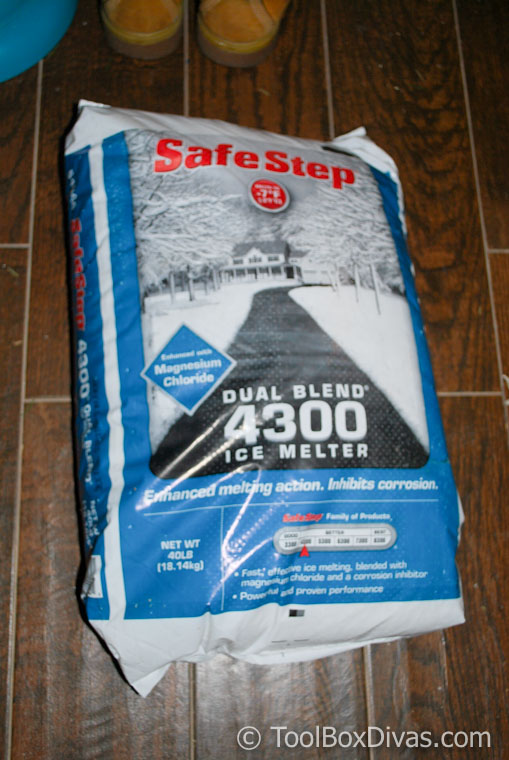
 Inspect the bolts, belts, and parts on your snowblower; make sure your snow shovel is in good shape; and invest in a snow rake to help clear your roof. Snow accumulation on your roof that exceeds 20 to 25 pounds per square foot can be dangerous. So make sure to inspect your roof during heavy snowfall.
Inspect the bolts, belts, and parts on your snowblower; make sure your snow shovel is in good shape; and invest in a snow rake to help clear your roof. Snow accumulation on your roof that exceeds 20 to 25 pounds per square foot can be dangerous. So make sure to inspect your roof during heavy snowfall.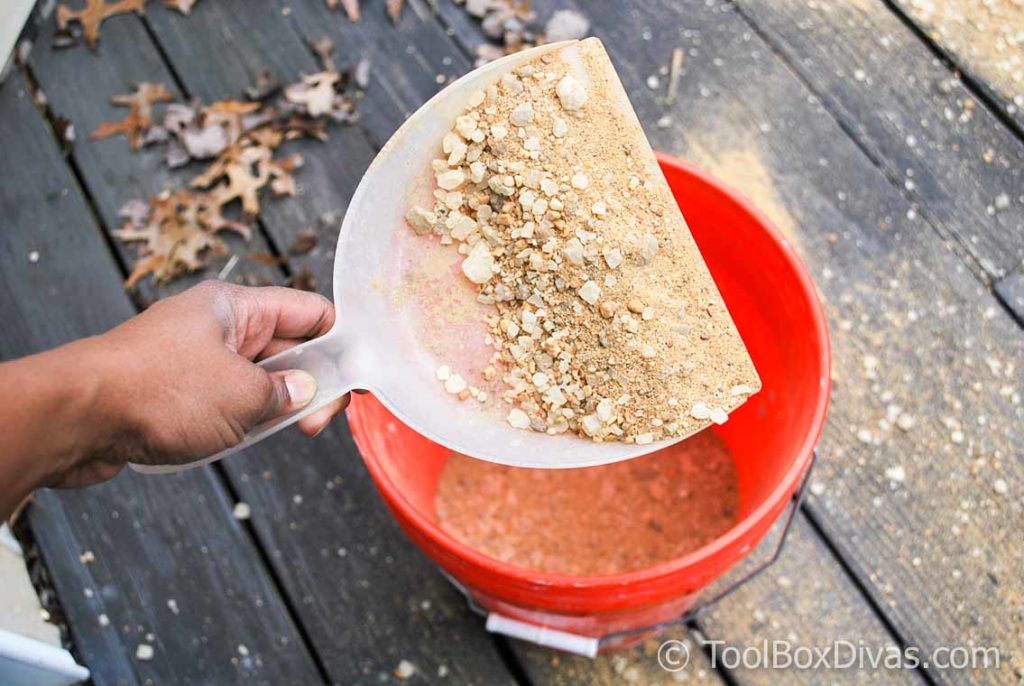
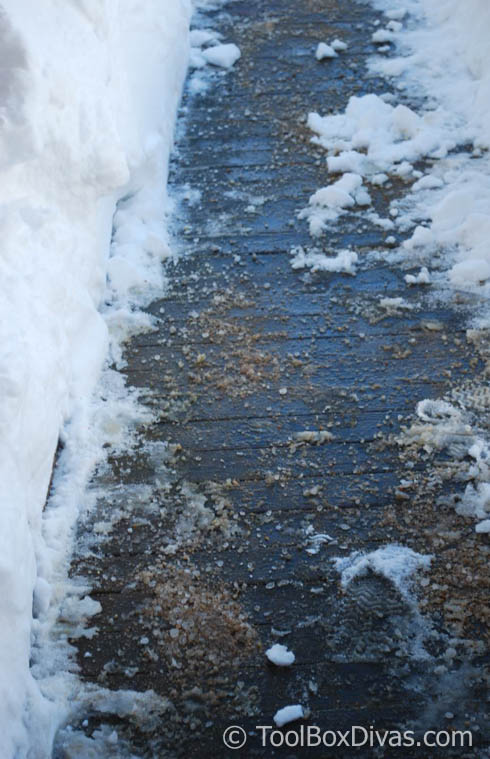
Gutters: Start by clearing debris from gutters and downspouts to prevent them from leaking or sagging. Clogged gutters and subsequent water issues can cause foundation problems, wall and ceiling damage, or even insect infestations. Just make sure you do it safely – use a tall, sturdy ladder (and never stand on the top three rungs!), and don’t forget protective eye wear, gloves, and long sleeves to protect yourself against debris, bacteria, and pests. 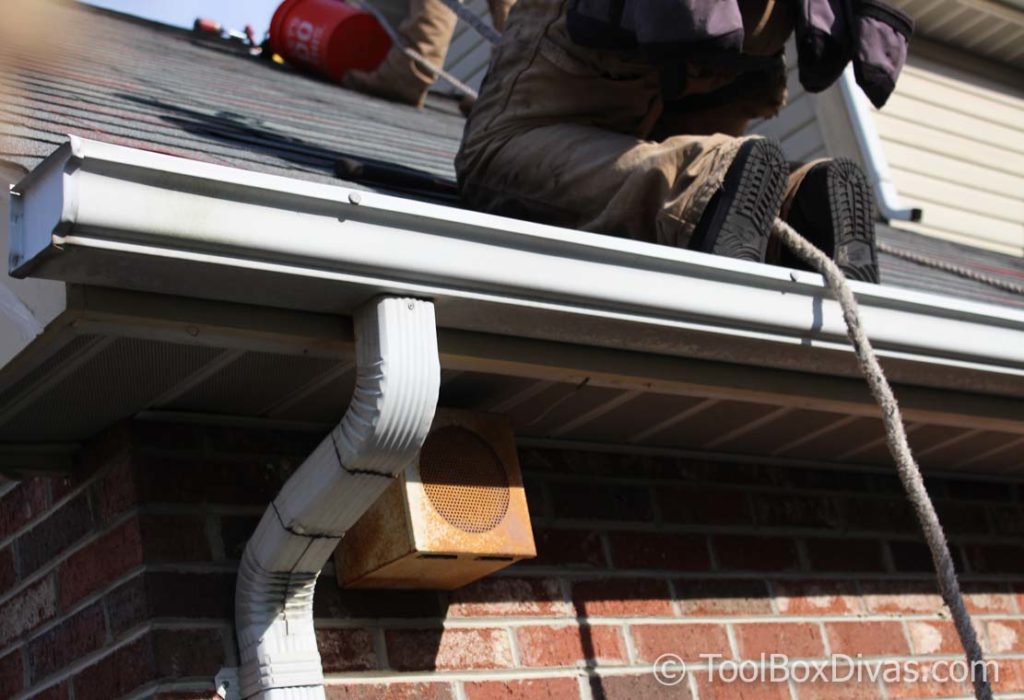
Using these tips you can create your own winterization checklist that suits your home. Click HERE for more tips and items to add to your winterization checklist.
Despite our best efforts we never know what could happen. Someone could still get hurt on your property. So it’s important to make sure you’re fully covered with the right homeowner’s insurance policy for you and your family. If you’re in the market for homeowner’s insurance check out Erie Insurance and get a quote today.
